The baby's five favorite supplementary vegetables
Only vegetables and fruits in food contain vitamin C and vitamin A. Vitamin A can maintain eyesight, prevent dry eyes and night blindness, can also prevent respiratory diseases, is rich in dark green and yellowish red vegetables. Therefore, the baby should eat more vegetables, nutrition is comprehensive!
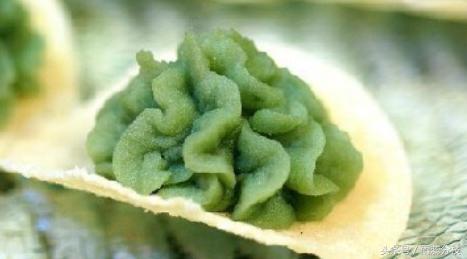
Mashed vegetables can be fed to babies alone or mixed with gruel and rotten noodles.
1. Mashed green vegetables
Raw material: green vegetables
Practice:
1. First tear off the leaves of the washed green vegetables, and tear them into pieces. Do not cut them with a knife, so as not to mix the rough fibers into them, which is not conducive to the digestion of the baby.
2. Boil the same amount of water at the same time, then put the chopped vegetable leaves into boiling water and boil for about 10 minutes.
3. After cooling slightly, pour the boiled chopped vegetable leaves together with water into a stainless steel or copper wire sieve, filter out the water, and then scrape and filter in the sieve with a stainless steel spoon.
4. Get rid of the dregs and the mud filtered out under the sieve is vegetable paste.
Vegetable paste can be fed to the baby alone or mixed with gruel and rotten noodles, 15 grams at a time, once or twice a day.
Two and four flavors of mashed vegetables
Raw materials: 50 grams of carrots and cauliflower, 25 grams of peas and edamame beans, 50 grams of milk and a little salt.
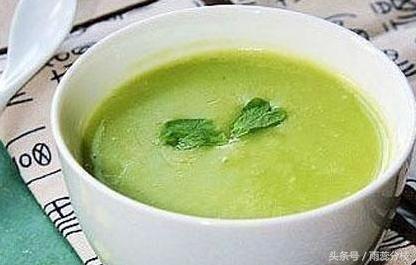
When oxalic acid is removed from spinach, its rich folic acid is indispensable for brain development.
Practice:
1. Wash carrots, cauliflower, peas and edamame beans, peel carrots and cut them into small pieces, break cauliflower into small flowers, peel peas and edamame beans. Then, steam the four kinds of raw materials in the upper drawer of a small bowl, take them out, grind them into a paste and mix them together.
two。 Boil the milk, pour it into the mashed vegetables, add the refined salt and mix well.
Nutritional ingredients: four-flavor mashed vegetables taste easy to digest, high nutritional value, rich in protein, fat, calcium, phosphorus, iron, carotene, vitamin C, vitamin A, B and other vitamins.
Spinach paste
1. Appropriate amount of spinach, after using boiling water, cut into small sauce.
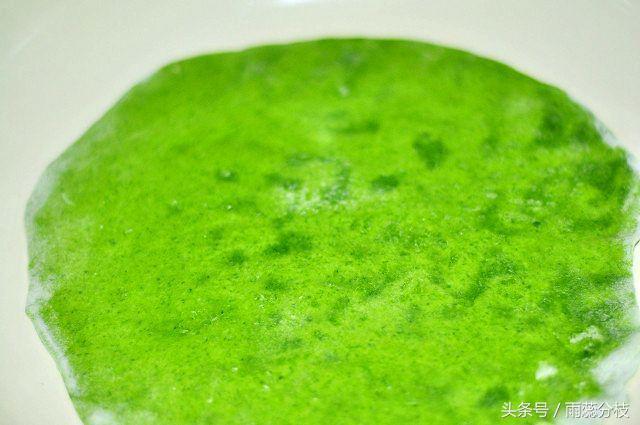
2. Mix the rice noodles and cabbage juice into a thin paste.
3. Boil a small amount of water in the pot. Pour the mixed water into the pot after boiling, and stir while pouring.
4. Add a little salt and mushroom powder to the boiling pan, sprinkle with vegetable oil and cook for a while.
Warm reminder: spinach after the removal of oxalic acid, it contains rich folic acid is indispensable for brain development.
Fourth, mashed carrots
Raw materials: 150 grams of carrots, 100 grams of milk, appropriate amount of sugar.
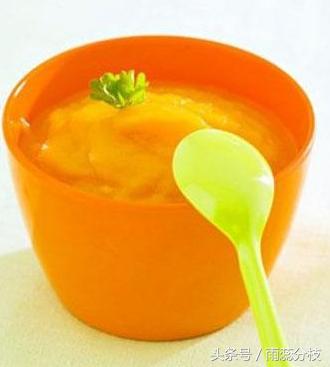
Mashed carrots are a common supplementary food for infants and young children.
Practice:
1. Wash the carrots, scrape off the skin and steam the top drawer. Take it out and crush it. Add milk and sugar and stir well.
two。 Put the mashed carrots in the pan, add a little water and boil over low heat to make a paste.
Nutrition: carrot paste contains more calcium, phosphorus, iron, carotene and so on. Carrot paste is a supplementary food often eaten by infants and young children.
5. Mashed beans
Raw materials: 150 grams of fresh and tender beans, 10 grams of sesame paste, chopped onions, refined salt, sugar and soybean oil.
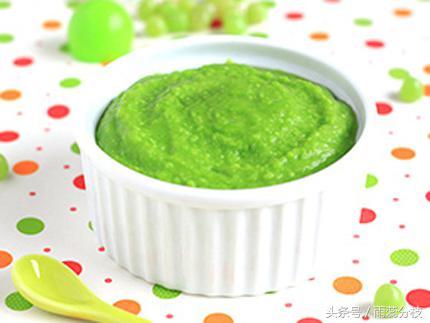
Practice:
1. Remove the beans, wash them, steam them in the top drawer, remove and chop them into mud. Add the sesame paste to a little cold boiled water and mix it into a paste.
two。 After the oil is hot, put the chopped onion in the pan, then add the mashed beans, stir-fry until the water is slightly dry, stir in the salt and sugar and stir in the sesame paste.
Nutrients: bean paste is rich in protein, fat, carbohydrates, phosphorus, calcium, iron, etc., which plays a good role in the prevention and treatment of chronic diarrhea in infants and children.
- Prev
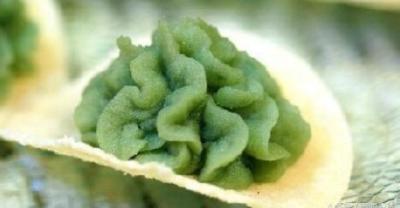
Dietary taboos-eating vegetables in response to symptoms (2)
Balsam pear a gentleman's dish from India [nutritional value] balsam pear, also known as cold gourd, is the fruit of balsam pear, an annual vine of Cucurbitaceae. Balsam pear never suffers when cooking.
- Next
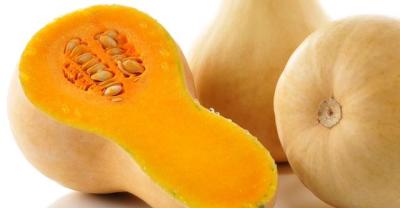
It turns out that these 8 kinds of vegetables can also help lower blood sugar!
Tremella fuciformis is rich in dietary fiber, which can delay the absorption and utilization of sugars in the small intestine and delay the rise of blood sugar. Tremella contains.
Related
- Where is it suitable to grow horseradish in China? it is expected to see the middle altitude horseradish in Alishan.
- How to prevent tomato virus disease reasonably? (Control methods included)
- Many people like to plant towel gourd on the balcony. What are the main points of this method and management?
- What crops can chili peppers be mixed with?
- Fertilization techniques and matters needing attention in Tomato
- What are the grafting techniques for peach seedlings in spring?
- Harm and control methods of root swelling disease of Chinese cabbage
- What are the pests of sweet potatoes? How to prevent and cure it?
- Symptoms, causes and Control methods of navel Rot in Tomato
- The cause of "Cucumber rotten bibcock" in Farmers' planting Cucumber and its Control Plan

